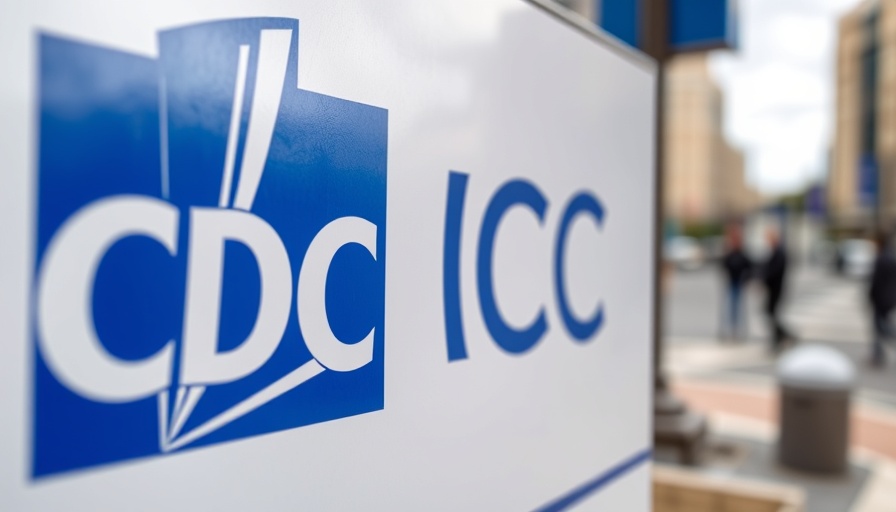
Understanding the New Autism Statistics: A Growing Concern
The 2022 statistics from the Centers for Disease Control and Prevention (CDC) reveal that autism rates in the U.S. have significantly increased, now affecting an estimated 1 in 31 children. This represents a notable rise from the previous estimate of 1 in 36, highlighting a trend that has been observed over the past few decades. This increase raises questions not only about the prevalence of autism but also about the factors driving this upsurge.
Historical Context: How the Diagnosis of Autism Evolved
Historically, autism was a rare diagnosis—only 1 in 10,000 children received the label in the early 1990s. The understanding of autism has transformed significantly since then. The introduction of the term 'autism spectrum disorders' expanded the criteria for diagnosis, allowing for a wider range of symptoms to be recognized. This evolution in diagnostic criteria has contributed to the increased rates we see today. As of 2020, experts noted a staggering rise to 1 in 36 children diagnosed with autism, and this upward trend continues.
Who Are the Most Affected? Insights by Demographics
Interestingly, the statistics reveal disparities in diagnosis based on gender and ethnicity. Boys are diagnosed more frequently than girls, and the highest rates of autism are found among Asian/Pacific Islander, American Indian/Alaska Native, and Black children. This may suggest underlying societal or systemic factors that influence both diagnosis and support for families across these demographics.
Debunking Myths: The Connection Between Vaccines and Autism
A persistent myth surrounding autism is its connection to childhood vaccines. This belief gained traction due to earlier, now-discredited studies that claimed a link between vaccines and autism. Extensive research, including findings from the CDC, has definitively ruled out vaccines as a cause of autism. Instead, experts suggest that better awareness and diagnostic methods have led to the increased identification of autistic spectrum disorders among children.
What Keeps Scientists Concerned about Rising Cases?
Several hypotheses have been proposed to explain the rising rates of autism. Researchers consider a multifactorial model—suggesting that a combination of genetic predispositions and environmental factors may play a role. Some factors under investigation include parental age, maternal health conditions, and exposure to certain chemicals. As research continues, experts emphasize the importance of early diagnosis and intervention, which can profoundly affect outcomes for children with autism.
Opportunities for Support and Awareness
As autism rates rise, the need for effective resources and support systems becomes increasingly critical. Health Secretary Robert F. Kennedy Jr. has announced a “massive testing and research effort” aiming to deepen our understanding of autism and enhance available services. By focusing on gathering more data, the hope is not only to understand the 'why' behind these rising rates but also to improve the interventions available for families affected by autism.
Conclusion: A Call for Understanding and Action
The rising autism rates call for a greater societal response—from enhanced educational services to better healthcare delivery for families. Engaging in conversations about autism, understanding its complexities, and working towards inclusive services are vital steps toward supporting children diagnosed with autism and their families. Awareness is the first step in ensuring that those affected receive the collective support required to thrive.
 Add Row
Add Row  Add
Add 




Write A Comment